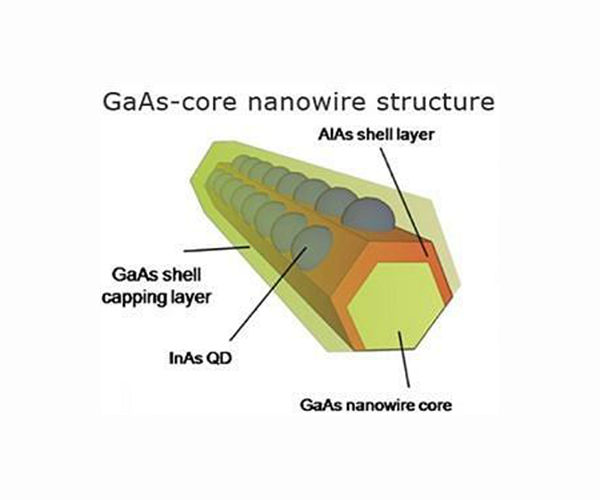The ZEUS project to harness solar energy in space with nanowire technology
The University of Malaga (UMA) is working in an international consortium to promote the collection and transmission of solar energy in space through the ‘ZEUS’ project, part of the Horizon EIC Pathfinder Challenges. This European project, coordinated by Lund University in Sweden, has been awarded almost €4 million to develop innovative nanowire solar cells designed to function in the harsh conditions of space.
The ZEUS project, or Zero-loss Energy harvesting Using nanowire solar cells in Space, focuses on creating radiation-resistant photovoltaic cells that can efficiently absorb solar energy. Nanowires, needle-shaped structures with a diameter of only 200 nanometers (much thinner than a human hair), ensure high resistance to radiation and optimal light absorption.
“Covering about 10 percent of a surface with active material is all that is needed to absorb as much light as a thin layer covering the entire surface of the same material would,” explains Enrique Barrigon, professor of Applied Physics I at the UMA and the project leader at the university.
Currently, nanowire solar cells used in space achieve an efficiency of about 15%. ZEUS aims to increase this significantly and potentially achieve 47% efficiency by using advanced III-V semiconductor materials. The project also explores the transfer of these solar cells to flexible, lightweight substrates, which can be used to create large deployable photovoltaic panels for space applications.
In addition to the focus on technical innovation, the ZEUS project emphasizes environmental sustainability, including decarbonization and the efficient use of crucial raw materials. Professor Barrigon emphasized that the project aims not only to demonstrate the commercial viability of nanowire solar cells, but also to assess their impact on the environment, especially for space-based power generation systems. One possible application is to increase the power of communications satellites.
The University of Malaga will play a key role in characterizing these advanced solar cells and carrying out the tests necessary to ensure their durability in the space environment.
The Horizon EIC Pathfinder Challenges program supports breakthrough technologies like ZEUS that can shape the future by enabling the development of revolutionary technologies. The University of Malaga is also involved in other projects under this programme, including ‘BioRobot-MiniHeart’ and ‘SONICOM’, furthering its contributions to breakthrough innovation.
Research project:Zero-loss energy harvesting Using nanowire solar cells in space (ZEUS)

